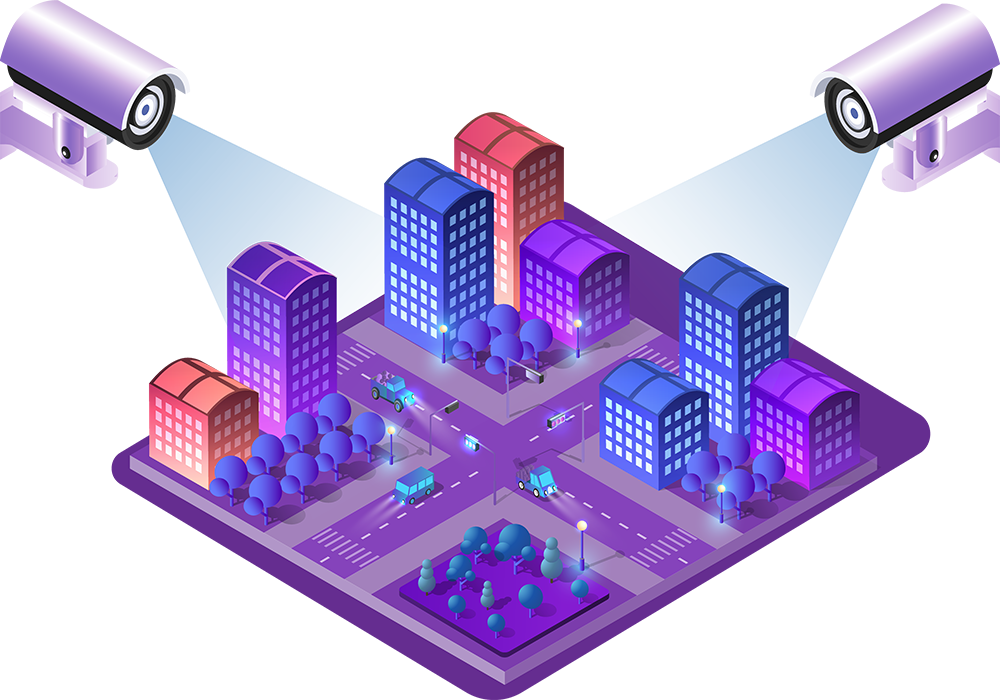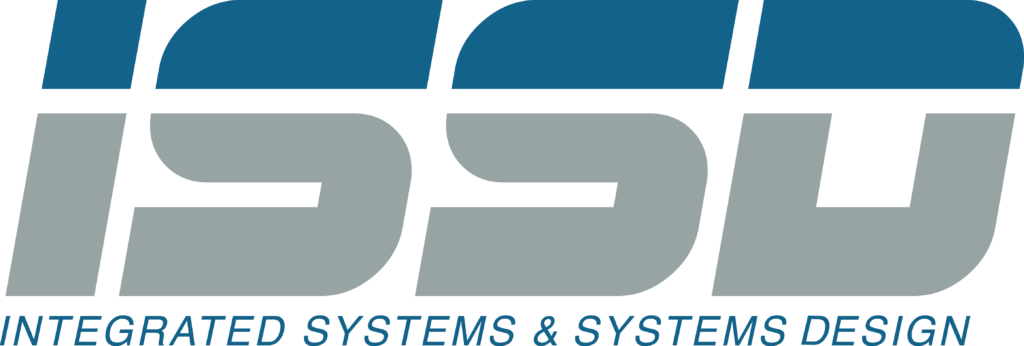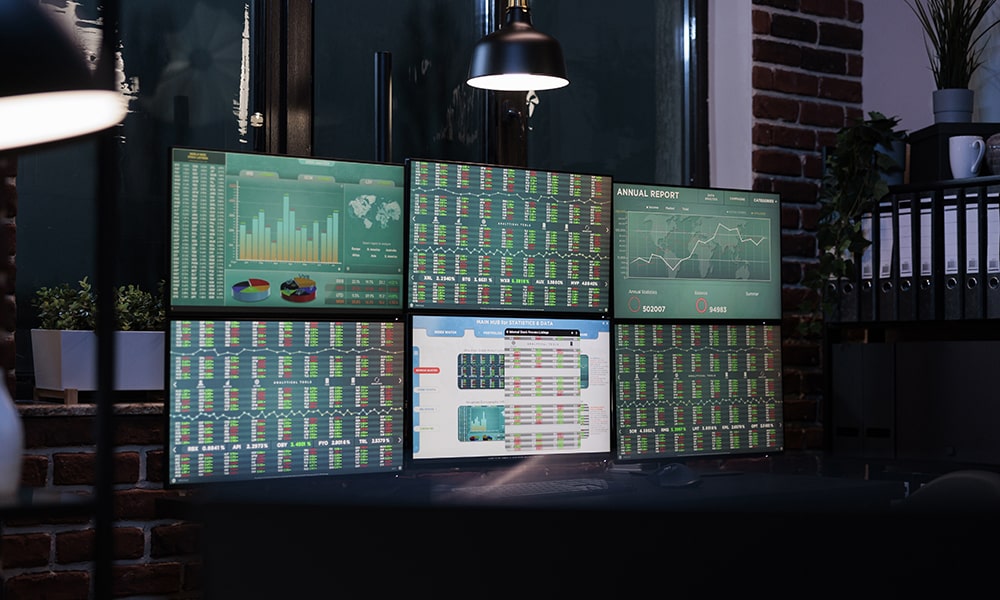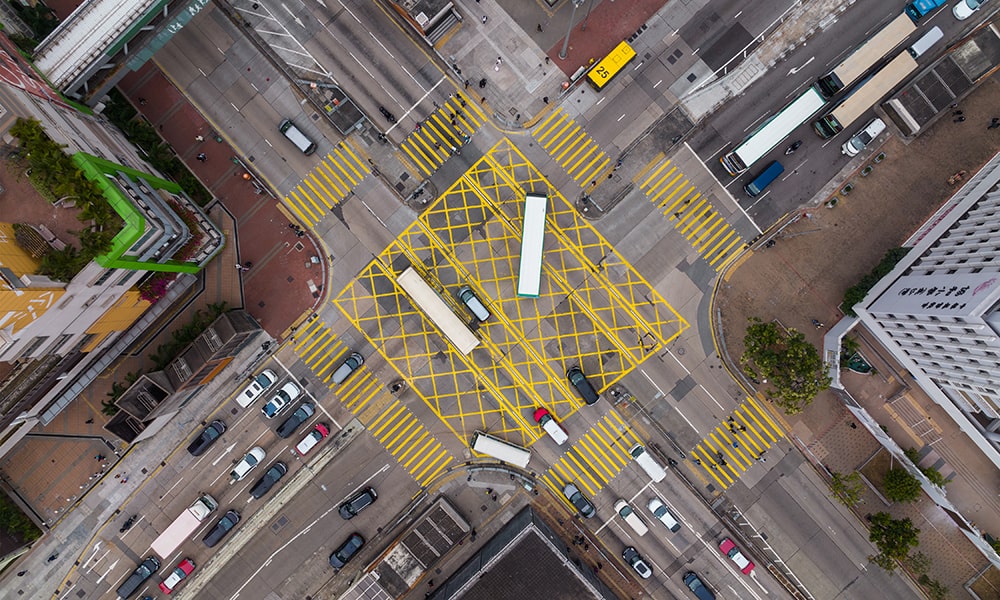CHAOS | Dynamic Junction Control System
"The first and patented Dynamic Junction Control System in Turkey"
CHAOS reduces delays and emissions at the signalized junctions by changing green time intervals dynamically depending on the number of vehicles on each approach. CHAOS systems can communicate with each other via wireless connection for signal coordination and network optimization.
CHAOS has three components. Vehicle Counting System VIERO-AI is able to detect, count and track vehicles in real time. Vehicle density data is transferred to the Dynamic Junction Control Unit CENTRIS, which is placed externally inside the signal controller. The vehicle density data transferred to CENTRIS is analyzed in real time and the vehicle delays at traffic lights is minimized by optimizing the green times at the intersection. Next Generation City Traffic Management Platform MANGO communicates with CENTRIS and VIERO-AI to monitor, analyze, manage and control the intersection.

CHAOS Components
With CHAOS
Traffic becomes smoother.
Traffic waiting times are improved by up to 40%.
Environmental pollution is prevented by reducing toxic gas emissions and noise pollution.
Fuel consumption is reduced, contributing to the national economy.
Red light violations and traffic accidents are reduced by 1/3.
Abilities of CHAOS
CFM - FCD Supported Dynamic Junction Management
The CFM traffic management algorithm sets itself apart from other algorithms by incorporating traffic scene analysis cameras and floating car data. This unique approach enables it to achieve a high level of orchestration between intersections, resulting in reduced travel times and increased comfort for drivers.
Floating Car Data (FCD) supplies average travel times for each road segment, with each segment typically spanning around 50 meters. This data is updated every minute and enables the algorithm to determine queue lengths for upcoming directions at intersections. Additionally, FCD provides valuable information such as travel time for each road segment, queue length for upcoming directions at intersections, speed profiles corresponding to different queue lengths, travel time between two coordinated intersections, and more.
By leveraging this combined data, the CFM algorithm is capable of operating in various modes based on the instant traffic situation. The camera data offers real-time traffic information within a 100-meter area, while FCD provides queue length information across a broader range at minute intervals. Based on this information, the system automatically decides whether to implement coordination between intersections or utilize Isolated Dynamic Junction Management using FCD.
Solely camera-based management provides around %20- 25 efficiency for waiting times. Combined with FCD increases performance to %25-%40. FCD is being processed in the servers and run inside MANGO. Via MANGO, system arranges management modes and cycles times and sends data to CENTRIS modules in the intersections.
Signal Coordination
CHAOS systems can communicate with each other via wireless connection. This property can be used for signal coordination between consecutive junctions. The main purpose of signal coordination is to reduce travel times along a corridor by coordinating the junctions. This application is generally known as “green wave” and used to reduce corridor travel time, delays and traffic congestion at the junctions on a corridor. It is also possible to manage the junctions in both coordinated and actuated mode, which makes vehicles either not waiting in the red light or waiting for a very short time.
Tram and Pedestrian Priority
Existing or newly installed loop detectors, magnetometers or pedestrian buttons at intersections can be used by CHAOS algorithms to prioritise trams and pedestrians. Thanks to this feature, it becomes possible to prioritise other modes of transport and minimise waiting times at intersections for all modes while dynamically managing intersections.
Emergency Vehicle Preemption
Dynamic Junction Management with Discharge Feature
Thanks to the discharge detection feature of our VIERO-AI vehicle counting cameras placed at the exit lanes of the intersection, congestion at the exits is detected and dynamic intersection management is performed accordingly. Congestion information from an exit is used by the CHAOS algorithm to rearrange the phase order and phase durations at the intersection so that no more vehicles are sent to this direction.
Dynamic Intersection Control
Our Featured References
Turkey





























World
Gürcistan – Poti | Kazakistan – Shymkent | BAE – Ras Al Khaimah | Hindistan – Chandigarh | KKTC – Lefkoşa | Nigeria – Lagos | Palestine – Hebron | Ukrayna-Vinnytsia | Indonesia – Jakarta | Türkmenistan – Ahal City




